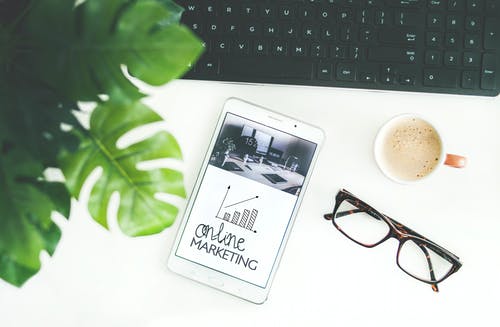If you’ve been looking into marketing your business recently, then you could be forgiven for thinking that social media and email are the only things worth worrying about. Nowadays, we spend more time than ever staring into screens – whether we’re doom-scrolling while sprawled on the sofa, or being more productive while sat at our desks.
But there’s still a great deal to be said for traditional print marketing – especially for certain types of business. Researchers from Temple University in Philadelphia have looked into the effects that different sorts of marketing have on the brains of the people exposed to them. What they discovered was that both print and digital had different strengths and weaknesses – in spite of the fact that subjects displayed no overall preference for either.
Print engages for longer
Readers will tend to devote more time to processing printed materials. They won’t skim through in order to reach the next page, as they might in the case of a social media. As such, printed materials are fantastic for messages that you’d like to really resonate with your audience.
Print resonates with older audiences
It’s something of a stereotype to claim that younger people prefer to get their information from their smartphones, whereas older people appreciate the value of a good, old-fashioned piece of snail mail. But there’s some truth behind the stereotype: older people really do disproportionately engage with printed materials.
Print suits a physical business
If you’re coming into face-to-face contact with your customers, then printed marketing materials make a great deal of sense. A large printed banner across the face of your gym, restaurant or shop can work wonders for your branding. The same applies to local businesses whose customers are to be found exclusively in a single area. If you’re running a take-away, then the cost of posting hundreds of menus will be more than justified if just a fraction of those people place an order.
Print has an emotional impact
There’s something about holding a piece of marketing material in your hand that the printed equivalent can’t quite emulate. There’s a tactility and substance (in the literal sense) that comes with a certain kind of glossy catalogue, which speaks to the aspirational part of your customer’s psyche.
It might be that those customers buy into your brand thanks to premium marketing materials, and then go on to visit your website and sign up to your mailing list. You might make the job even easier for them with the help of printed innovations like QR codes.
Ultimately, your print efforts will need to work in tandem with your digital ones, as part of a cohesive and holistic marketing strategy. Work out what you can do with each, and where the synergy is to be found, and divide your marketing budget accordingly.

Leave a Reply